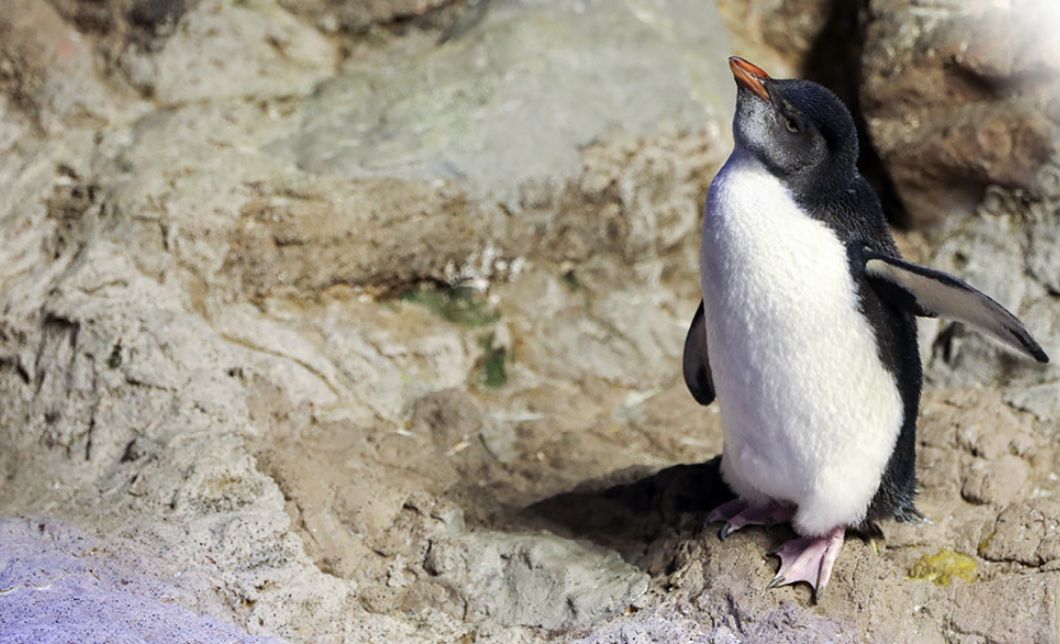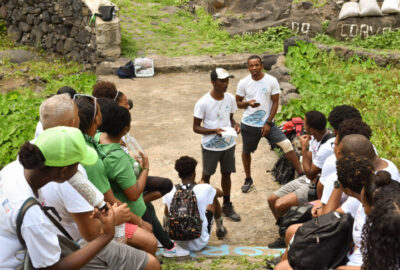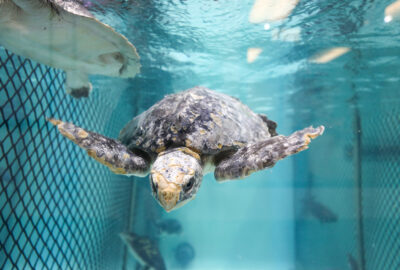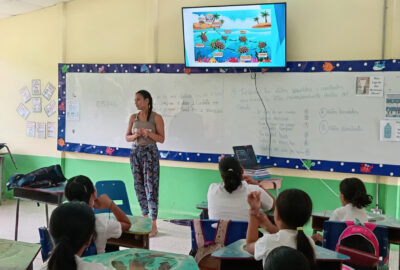Munchkin's Journey Update
The days are getting shorter, nights are getting cooler, and we are beginning to transition into fall
By Kara Dodge, PhD on Friday, September 06, 2019

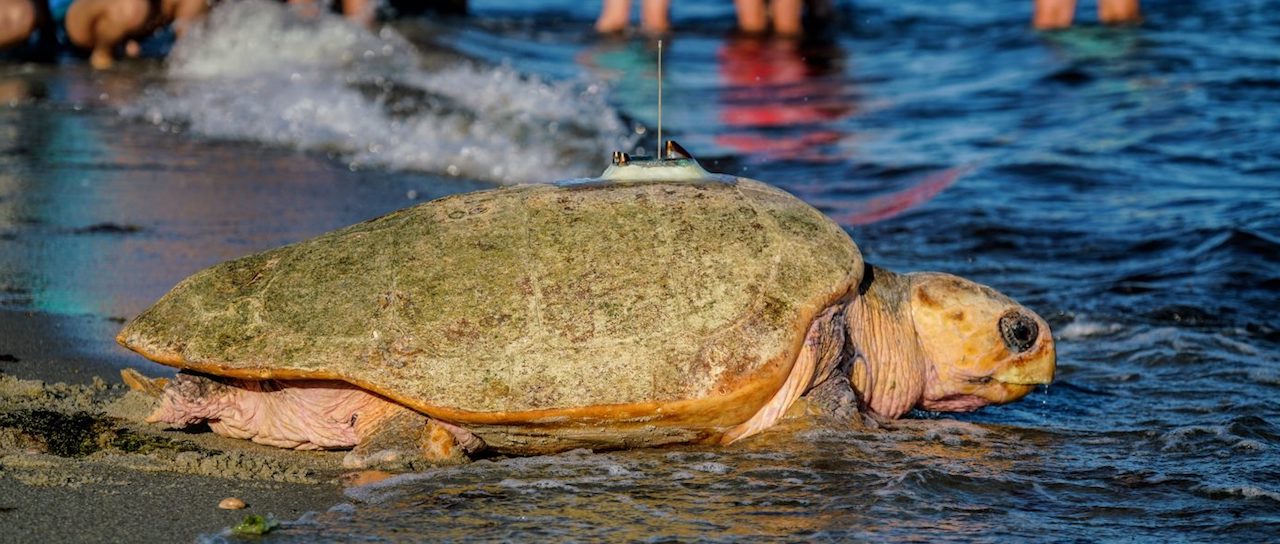
Summer has flown by, and Munchkin has wasted no time in finding optimal feeding habitat during this critical time period!
Sea turtles in our region, like many other creatures in temperate climates, take advantage of highly productive summer and fall feeding opportunities. They use this time to essentially “fatten up” for the offseason, and they can use these fat stores to fuel their migrations to warmer over-wintering habitats. For Munchkin, this summer has been especially critical as she transitions from rehabilitation to life in the wild. Her survival hinges on her ability to successfully find food in a big ocean while avoiding predators and other hazards.
Thanks to her satellite tag, we have been monitoring Munchkin’s movements and dive behavior on a daily basis! To date, Munchkin has transmitted more than 1,000 GPS locations and 800 messages about her dive depths, dive durations, and the temperature of her environment. We use this data to help us understand how she is interacting with her surroundings, if she is likely to be feeding, and if her behavior is consistent with that of other loggerheads in the region. In other words, is her behavior “normal”?
Tracking Munchkin!
Map showing Munchkin’s movements and dive behavior
This information is important for several reasons. Tagging and tracking turtles tell us where they spend their time and what resources they depend on. To protect and recover threatened and endangered species such as sea turtles, we need to take a holistic approach and protect their habitats. Tags also help us understand turtle behavior – how they interact with their surroundings – including human activities. Behavior data from the tags can be used to inform protections for turtles that share their ocean space with us, and to minimize impacts from human uses (e.g., fishing, dredging, aquaculture, offshore energy development). For Munchkin, tagging and tracking are also essential to objectively evaluate the conservation value of rehabilitation. Do rehabilitated turtles survive? Can they reintegrate into the wild population and contribute to population recovery through breeding and nesting?

After two months of monitoring, our team is happy to report that Munchkin is doing all the right things! She has traveled to mid-shelf waters of the Mid-Atlantic Bight (MAB) and is currently east of New Jersey. This region has been the focus of several research projects on loggerhead turtles, and data from both satellite tags and ROVs demonstrate that this an important and productive loggerhead feeding habitat.
Munchkin has remained in the MAB for most of her tracking period, which suggests she is finding plenty of food. She has gotten into some cold water (under 8ºC or 46ºF!), which is likely associated with her dives to the bottom and below the thermocline. Her ability to dive to the bottom (~62 meters or 200 feet), make long dives (15 to 30 minutes, with some dives exceeding 2 hours), and tolerate cold water all suggest that she’s in great health and packing on pounds for the winter. We expect her to move out of this area later in the fall and can’t wait to see what she does next!

